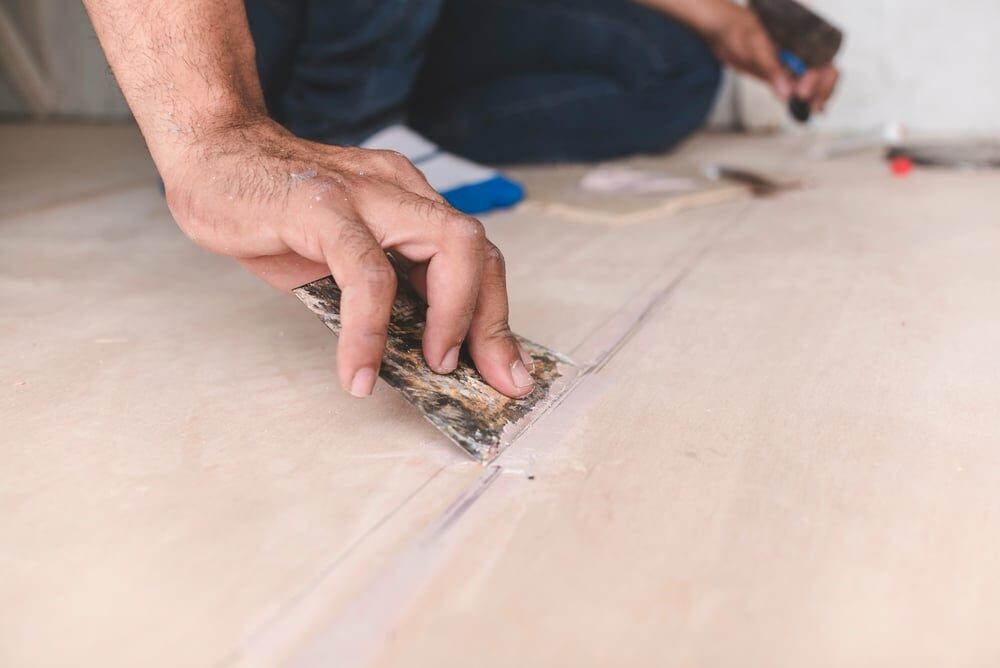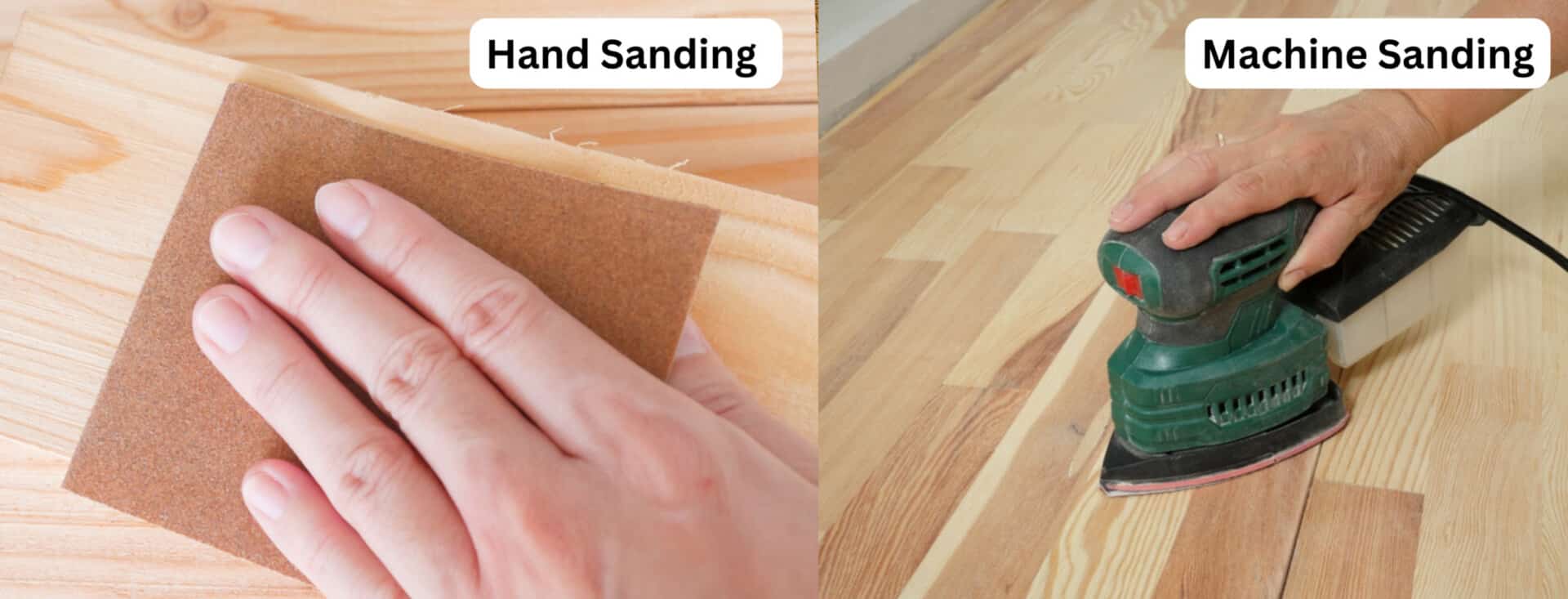London:
Nationwide:
Refinish or Reseal Hardwood Floors? A Comprehensive Guide
Posted on May 19, 2023
News
Refinish or Reseal Your Hardwood Floors: A Complete Guide to Floor Restoration
Hardwood floors are treasured for their timeless beauty and durability. However, they’re not invincible and can begin to show signs of wear and tear over time. Scuffs, scratches, discoloration, and a dull finish are all indicators that your once-pristine hardwood floor may need some TLC. But should you refinish or reseal your hardwood floors? In this comprehensive guide, we’ll demystify the process of refinishing and resealing hardwood floors to help you make an informed decision.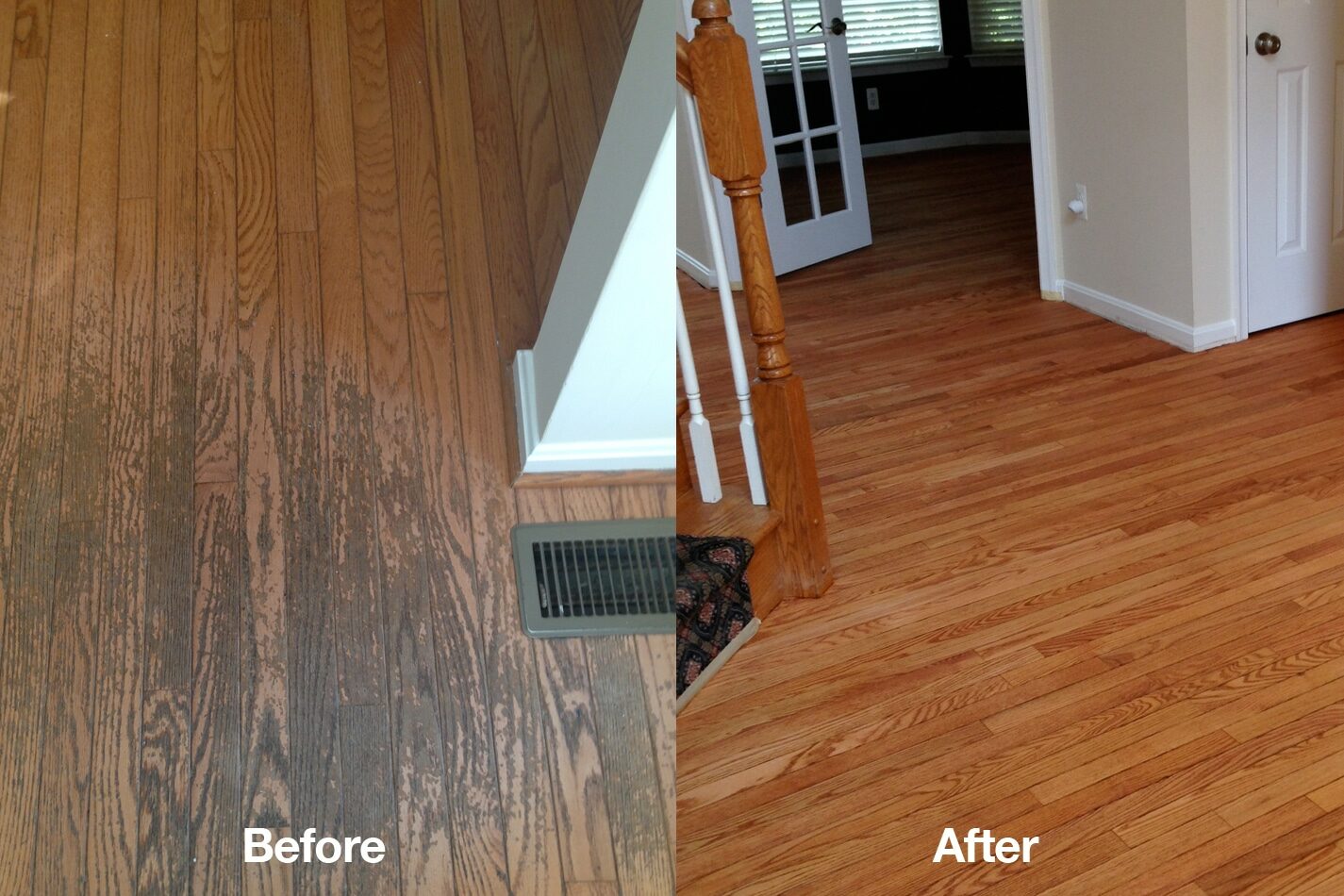
Understanding hardwood floors
Before delving into the differences between refinishing and resealing, it’s important to understand the structure of hardwood flooring. Traditional hardwood floors consist of the wood plank and a top coat, or finish. This finish can be a sealant, such as wax or acrylic, or a more substantial coating, like polyurethane or varnish. The finish provides protection, adds shine, and can enhance the colour and grain of the wood.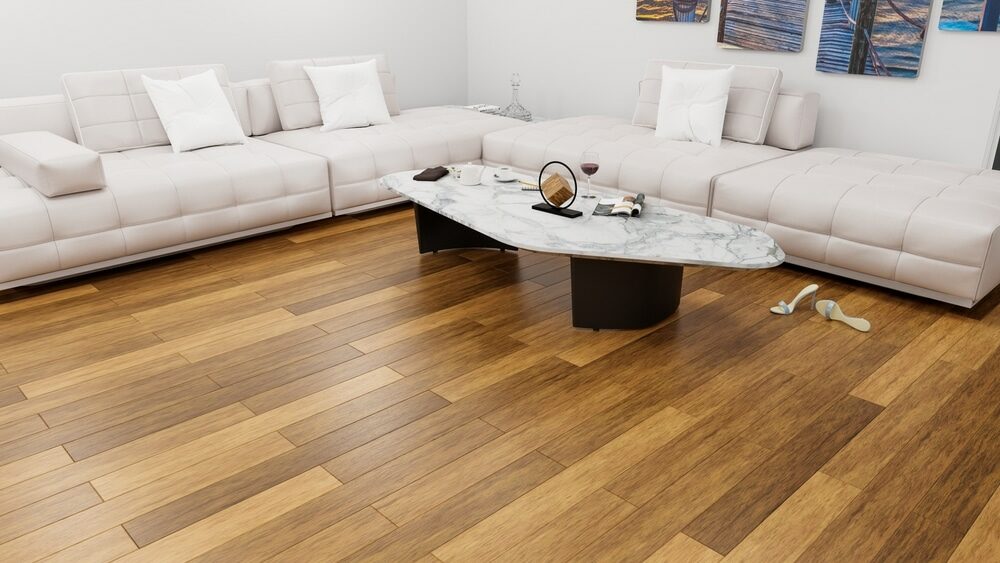
Refinishing vs. resealing hardwood floors
The choice between refinishing and resealing depends on the level of damage your floor has sustained and the type of finish originally used on it.Refinishing hardwood floors
Refinishing involves sanding down the surface of the floor to remove the old finish and the top layer of wood, thus eliminating deep scratches and stains. After sanding, a new stain can be applied (if desired), followed by a new top coat of finish. This is a labour-intensive process that can take several days, but it leaves your floors looking brand new.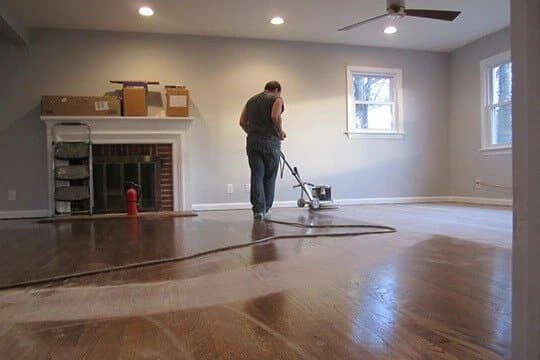 Refinishing is the best choice when:
Refinishing is the best choice when:
- Your floor has deep scratches or gouges that can’t be fixed with a simple resealing.
- There’s substantial discoloration or staining.
- Your floors have been waxed. Wax penetrates into the wood grain and prevents polyurethane and other finishes from adhering properly. If you want to change from a waxed floor to a polyurethane finish, the floor must be fully sanded and refinished.
- The floor has been sanded and refinished several times before. If a floor has been sanded too many times, it can become too thin and risk structural integrity. In this case, you might need to replace the floor after consulting a professional.
Resealing hardwood floors
Resealing, also known as recoating, involves lightly scuffing the existing finish and applying a new coat of finish. This process refreshes the shine of your floor and provides a new protective layer. It’s a quicker, easier, and less expensive process than refinishing.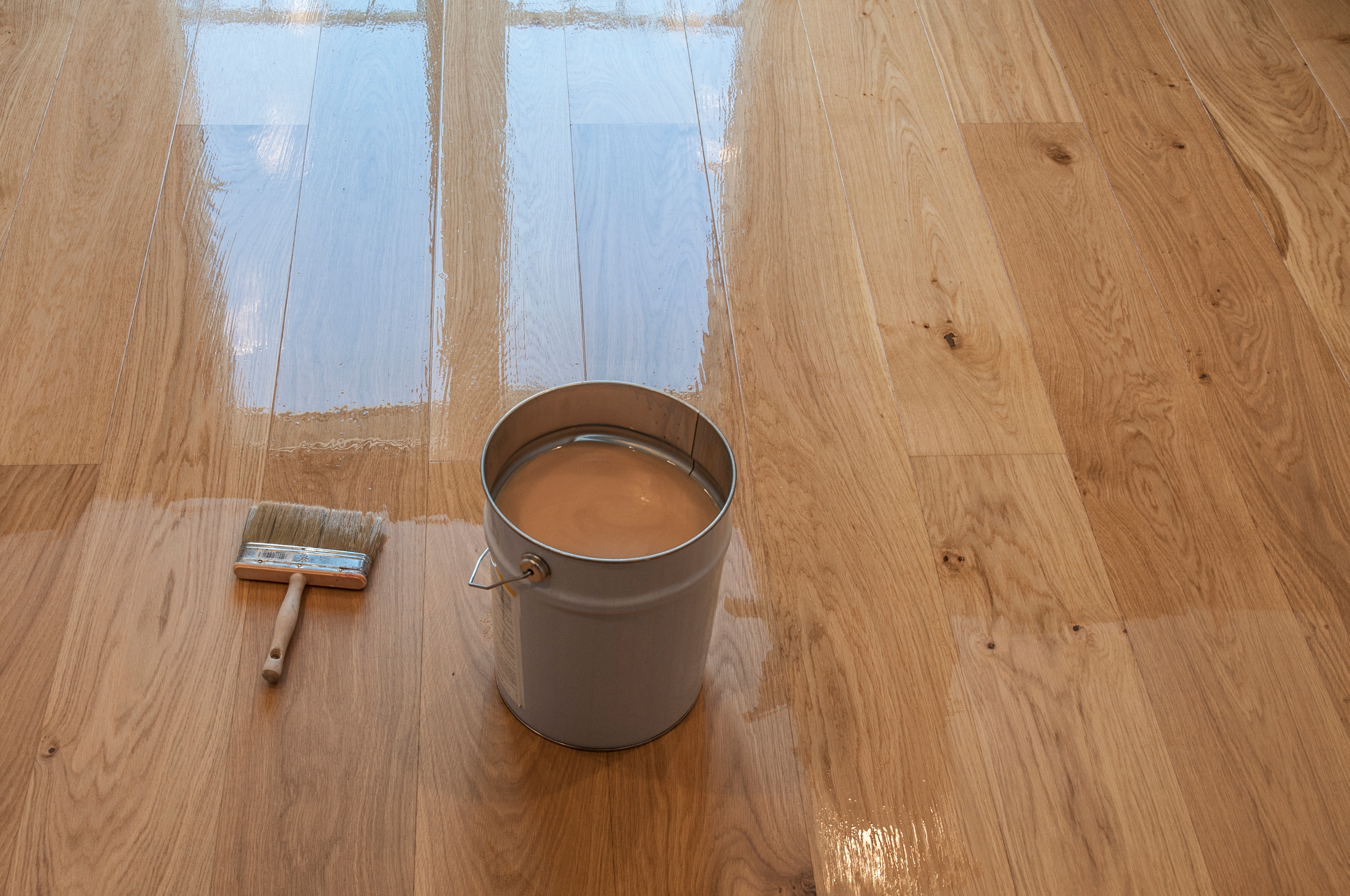 Resealing is a good option when:
Resealing is a good option when:
- Your floor is still in relatively good condition, with only light scratches and no significant discoloration.
- You’re happy with the current colour of your floor.
- You want to refresh the shine and add a layer of protection to your floor.
The Process: Refinishing vs. Resealing
Let’s delve into the processes of refinishing and resealing to give you a clearer idea of what each entails.How to Refinish Hardwood Floors
- Prepare the room. Remove all furniture and fixtures from the room. Seal doors, windows, and vents to prevent dust from spreading.
- Sanding: Use a drum or orbital sander to remove the old finish and the top layer of wood. Start with coarse-grit sandpaper and progressively move to finer grits. This process can be messy and time-consuming, but it is essential for a smooth, new surface.
- Leaning: Thoroughly clean the floor to remove all dust and debris. Vacuum and wipe the floor with a damp cloth.
- Staining: If you wish to change the colour of your floor or enhance the wood grain, apply a stain. Use a brush or rag to apply the stain, following the direction of the wood grain. Allow the stain to penetrate the wood, then wipe off the excess. Let the stain dry completely before applying the finish.
- Finishing: Apply the finish, such as polyurethane, using a high-quality brush or roller. Let each coat dry thoroughly before applying the next one. Most floors will benefit from two or three coats of finish.
- Drying: Allow the final coat to dry completely before walking on the floor or moving furniture back into the room. This can take several days.
How to Reseal Hardwood Floors
- Prepare the room. Like with refinishing, start by clearing the room of furniture and fixtures.
- Cleaning: Clean the floor thoroughly. Any dirt or grit left on the floor can scratch the surface during the buffing process.
- Buffing: Buff the floor using a buffer or orbital sander with fine-grit sandpaper. This lightly scuffs up the old finish, allowing the new finish to bond effectively.
- Cleaning: Clean the floor again to remove any dust caused by buffing.
- Applying the finish: Apply a new coat of finish. This can usually be done with a roller or brush, following the direction of the wood grain.
- Drying: Allow the finish to dry completely before walking on the floor or moving furniture back into the room.
Professional help or DIY?
Whether to hire a professional or DIY depends on your comfort level, skills, time, and budget. Floor Refinishing is a labour-intensive job that requires the proper tools and techniques. Mistakes can cause damage that’s costly to repair. If you don’t feel confident in your abilities or if you don’t have a lot of time, hiring a professional could be a smart decision. Resealing, on the other hand, is a simpler process that many homeowners feel comfortable tackling themselves. However, it still requires attention to detail and some basic skills. Whether you decide to DIY or hire a pro, be sure to take your time and do your research. Good preparation is the key to a successful hardwood floor restoration.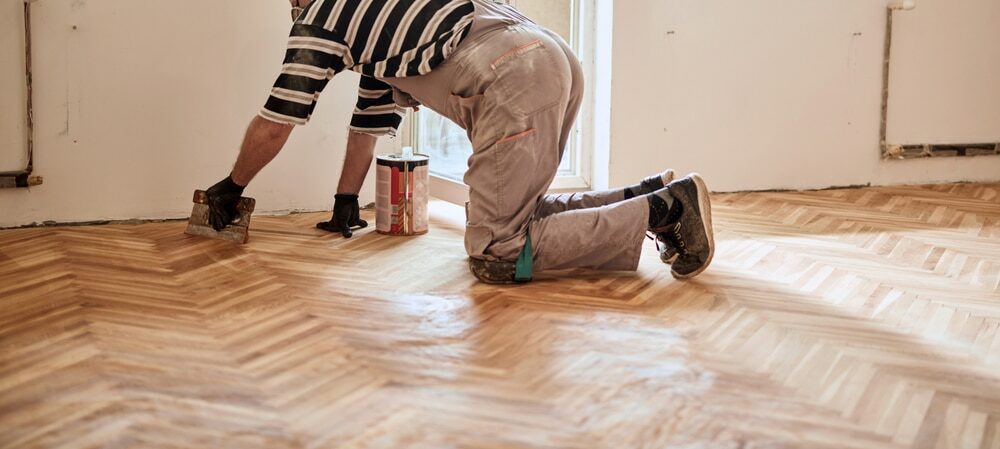
Conclusion
Hardwood floors can last a lifetime with the right care. Refinishing and resealing are two excellent ways to restore your floor’s beauty and protect it for many more years. Whether you choose to refinish or reseal depends on the condition of your floor and the finish currently on it. While refinishing is more labour-intensive and time-consuming, it’s the best choice for severely damaged or worn floors. Resealing is a simpler, quicker option for floors in good condition that just need a little rejuvenation. By understanding the differences between these two methods, you can choose the best one for your hardwood floor and enjoy the enduring beauty of wood underfoot. So, don’t give up on your hardwood floors; with the right care, they can continue to be a highlight in your home for years to come.Some Useful Links:
- Stairs Sanding & Refinishing
- Floor Sanding Services
- School Floor Sanding
- Wood Floor Restorations
- Wood Floor Repairs
- Wood Floor Polishing
More from our Blog:
How to Make Your Small Wood Floor Look Good as New Wooden Stairs and Banisters Sanding: Mr Sander®, London Matching Wood Floor Restoration to Your Personality: An In-depth Guide Key Rules for Preparing Your Wood Floor for Sanding Floor Sanding Services in London: Choosing Experts for Your Wooden Floors
Sanding
We provide virtually dust-free sanding with our continuous belt machinery with mobile extraction units, giving you a safer environment for your family.
Oiling
This organic finish not only adds beauty to your home but also has exceptional water-repellent characteristics, making it easier to clean and maintain.
Waxing
This natural floor finish offers the softest and most mellow appearance – and leaves your floor able to breath.
Buffing
Using soft buffing machines (and hand-polishing where required) will bring a wonderful sheen to your newly-finished floor.
Repairs
We offer a full assessment of your wooden floors to determine what repairs are needed to provide the perfect working surface for the later stages of sanding, staining and sealing.
Restoration
We offer a comprehensive restoration process designed to address floors that are improperly fitted or damaged over time through wear and tear.
Request a fixed price quote for your wood floor restoration now
Simply enter your postcode below to get started.
Services
Wood Floor Sanding Wood Floor Restoration Wood Floor Scratch Repair Squeaky Wood Floor Repair Parquet Floor Sanding Parquet Floor Restoration Commercial Floor Sanding Church Floor Sanding Community Centre Floor Sanding School Floor Sanding Gap Filling Gap Filling with ResinCopyright © Mr Sander®
Privacy & Cookies Terms & Conditions Complaints Procedure Cancellation Rights Sitemap